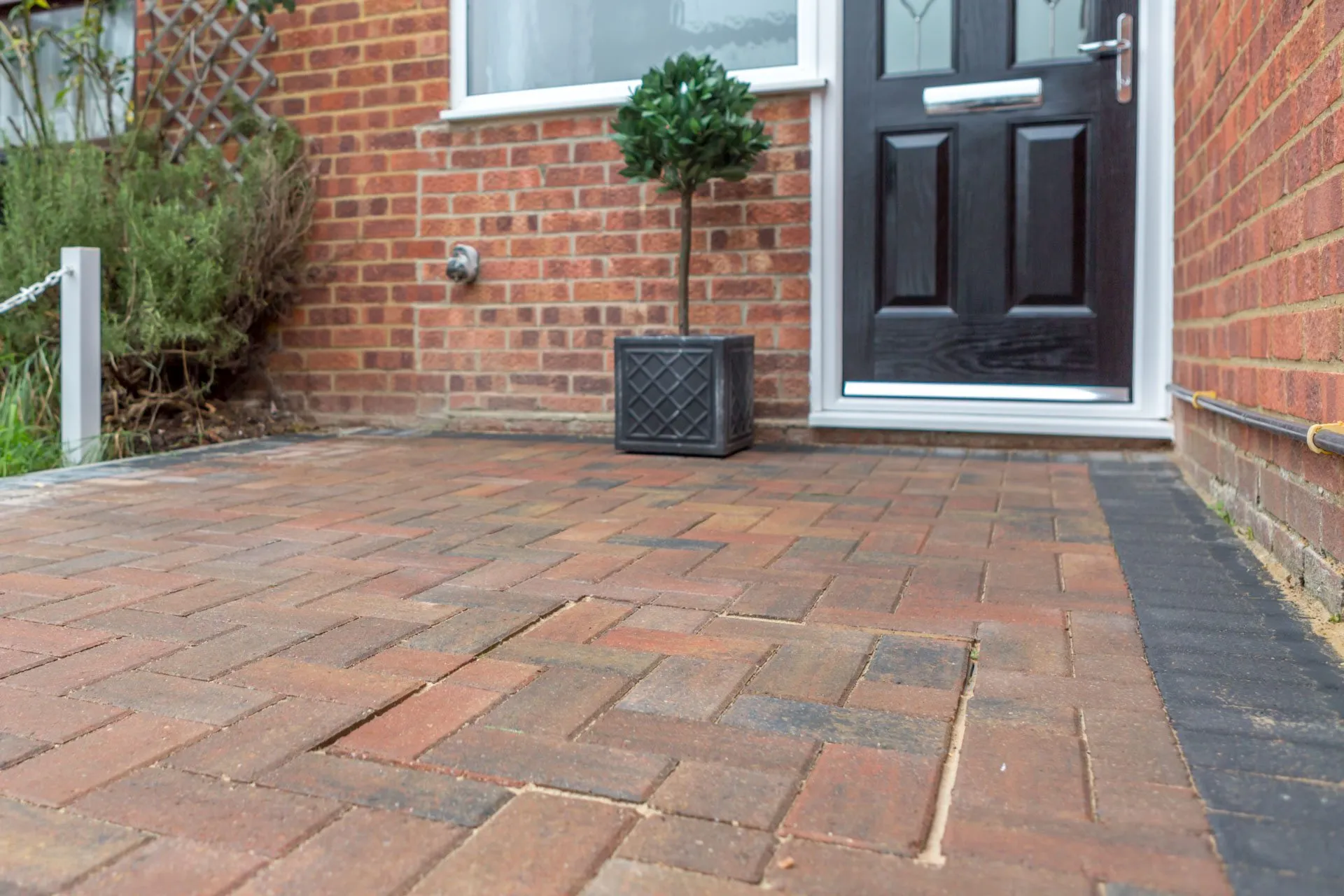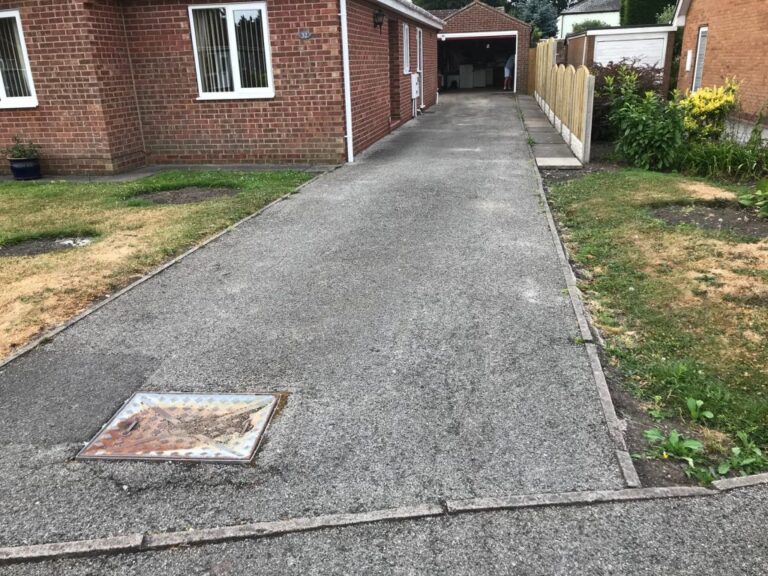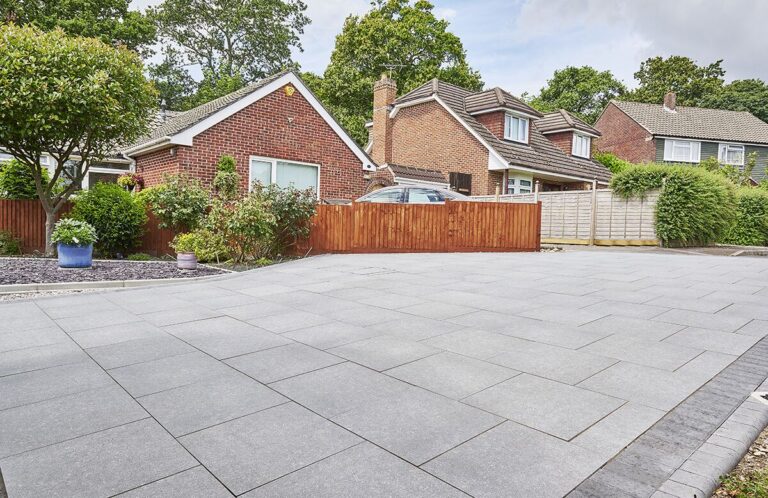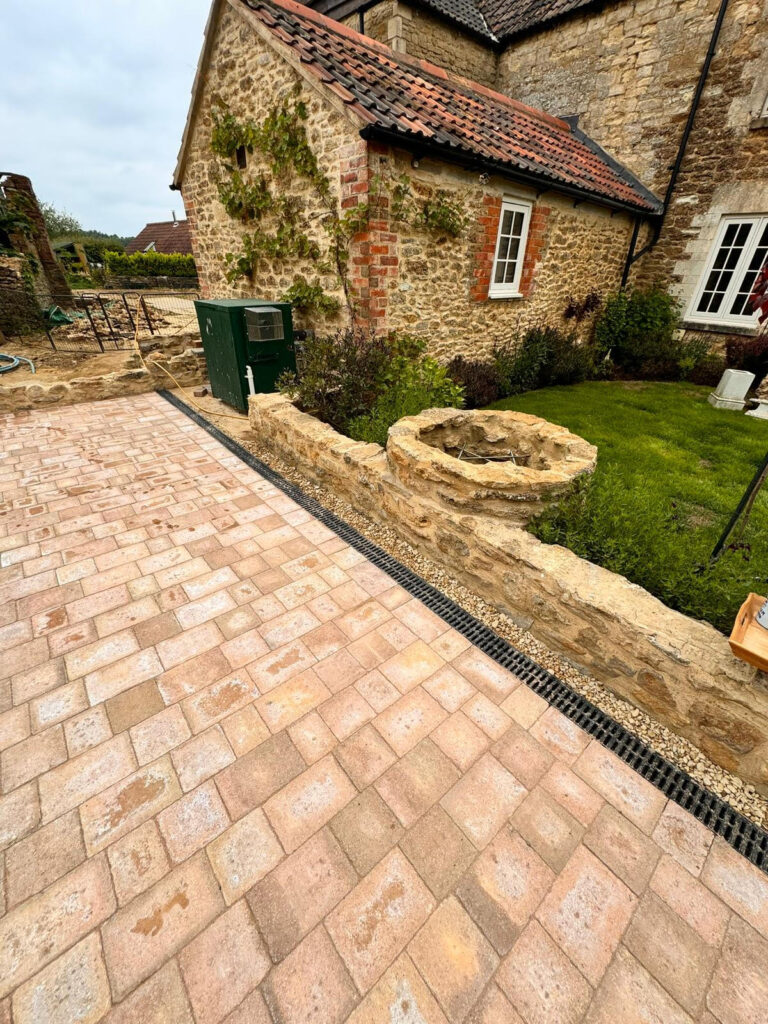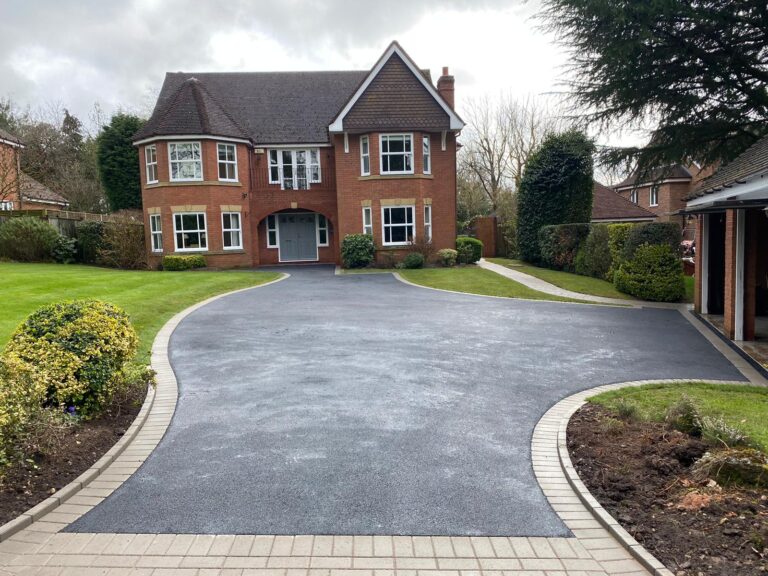Installing a new driveway is a significant investment, one that can improve both the functionality and appearance of your property.
However, if not done correctly, driveway installation can lead to expensive repairs and premature deterioration.
Whether you’re opting for a tarmac, block paving, gravel, or resin driveway, it’s crucial to avoid common mistakes during installation.
This will ensure you get a durable and aesthetically pleasing result that will stand the test of time.
Here are some warning signs and mistakes to avoid during the installation process to ensure a long-lasting driveway.
1. Choosing the Wrong Material
One of the most common mistakes is selecting the wrong material for your driveway. Each type of material has its advantages and disadvantages, and what works well for one home might not be suitable for another. For example, while gravel can be an affordable and charming choice, it may not be ideal for areas with heavy rainfall, as it can shift or become displaced easily. On the other hand, tarmac is durable but may lack visual appeal, whereas block paving offers flexibility in design but can be expensive.
What to do:
Carefully consider the climate, aesthetics, and functional needs of your driveway. Speak with a professional about which material is best for your property and lifestyle. For instance, if drainage is an issue, you might prefer a permeable surface like resin-bound gravel. If you have a larger budget and are seeking a more decorative finish, block paving might be the ideal option.
2. Skipping Proper Site Preparation
Proper site preparation is essential to ensure your driveway is stable, durable, and long-lasting. Failing to excavate the area sufficiently or improperly preparing the base can lead to problems such as uneven surfaces, poor drainage, and shifting materials. Many homeowners underestimate how much work is required to get the surface ready for installation, leading to issues that may only become apparent after the driveway is in use.
What to do:
Ensure that the area is excavated to the correct depth and that all debris, old materials, and vegetation are removed. The base should be solid, level, and free of contaminants. For gravel or block paving, ensure that a layer of compacted sub-base material is used to create a strong foundation. This will prevent future subsidence or cracking. If you’re opting for tarmac, make sure the surface is even and free of bumps to ensure proper installation.
3. Ignoring Drainage Needs
Improper drainage is one of the most common causes of driveway damage. Without proper drainage, water will pool on the surface, causing damage to the driveway over time and potentially leading to flooding around your property. Drainage issues can cause tarmac to crack, block paving to sink, and gravel to become displaced. It’s also a key factor in maintaining your driveway’s longevity, especially in areas prone to heavy rainfall.
What to do:
Incorporate proper drainage solutions from the start. Ensure that your driveway has a slight slope to direct water away from your home. If necessary, install drainage channels or soakaways to redirect rainwater. For permeable surfaces like resin or gravel, ensure the underlying base allows water to drain through efficiently. Investing in drainage now can save you money on costly repairs later.
4. Not Installing Edging Properly
Edging plays an important role in defining the boundaries of your driveway and ensuring that the material stays in place. Without proper edging, materials like gravel can spill over into the lawn or garden, and block paving may shift. Some homeowners overlook the importance of good edging, thinking it’s just for aesthetic purposes, but it actually helps maintain the structural integrity of the driveway.
What to do:
Make sure that the edging is securely installed and adequately holds the driveway material in place. Options for edging include concrete, brick, stone, or metal. Ensure that the edging is placed at the right height to contain the material while maintaining the driveway’s appearance. Properly installed edging helps to prevent your materials from shifting and makes the driveway more durable.
5. Cutting Costs on Labour and Materials
While it’s understandable to want to save money, cutting corners on the quality of materials or labour can result in long-term issues. Opting for cheaper, low-quality materials may lower the initial cost of installation but can lead to more frequent repairs or even the need for complete replacement sooner than expected. Additionally, hiring an inexperienced or unqualified contractor can lead to poor workmanship that may cause problems down the line.
What to do:
Invest in quality materials that suit your needs and budget. Choose reputable suppliers and contractors who specialise in driveway installations. Don’t be tempted by unusually low quotes, as these may indicate subpar materials or unskilled labour. A properly installed, high-quality driveway is more likely to last for many years, offering better value in the long run.
6. Failing to Plan for Future Maintenance
Many homeowners overlook the long-term maintenance requirements of their driveway. While a new driveway may look great initially, without proper care and upkeep, it will degrade over time. For instance, block paving may need occasional re-sanding of the joints to prevent weed growth, while tarmac may require resealing every few years to maintain its appearance and durability.
What to do:
Before installation, make sure you’re aware of the maintenance needs of your chosen material. For example, if you select gravel, you’ll need to rake it regularly to keep it level, whereas block paving may require occasional pressure washing to remove dirt and debris. Set aside time and budget for regular upkeep to ensure your driveway stays in top condition and avoids costly repairs in the future.
7. Not Considering Weather Conditions
Weather conditions can impact the installation process and the longevity of your driveway. For example, laying tarmac in hot weather can cause it to settle unevenly, while freezing temperatures can affect the curing process. Similarly, heavy rainfall can delay installation, causing water to interfere with the base or materials.
What to do:
Plan your driveway installation carefully, keeping in mind the best weather conditions for the chosen material. Speak to your contractor about the ideal time of year for installation and ensure that weather conditions won’t impact the quality of the work.
A new driveway can add value and enhance the appearance of your property, but it’s important to avoid common mistakes during the installation process.
By selecting the right material, ensuring proper site preparation, incorporating effective drainage, and investing in quality labour and materials, you can ensure a long-lasting and functional driveway.
Taking the time to plan and execute the installation properly will save you money on future repairs and help you enjoy a beautiful, durable driveway for years to come.

